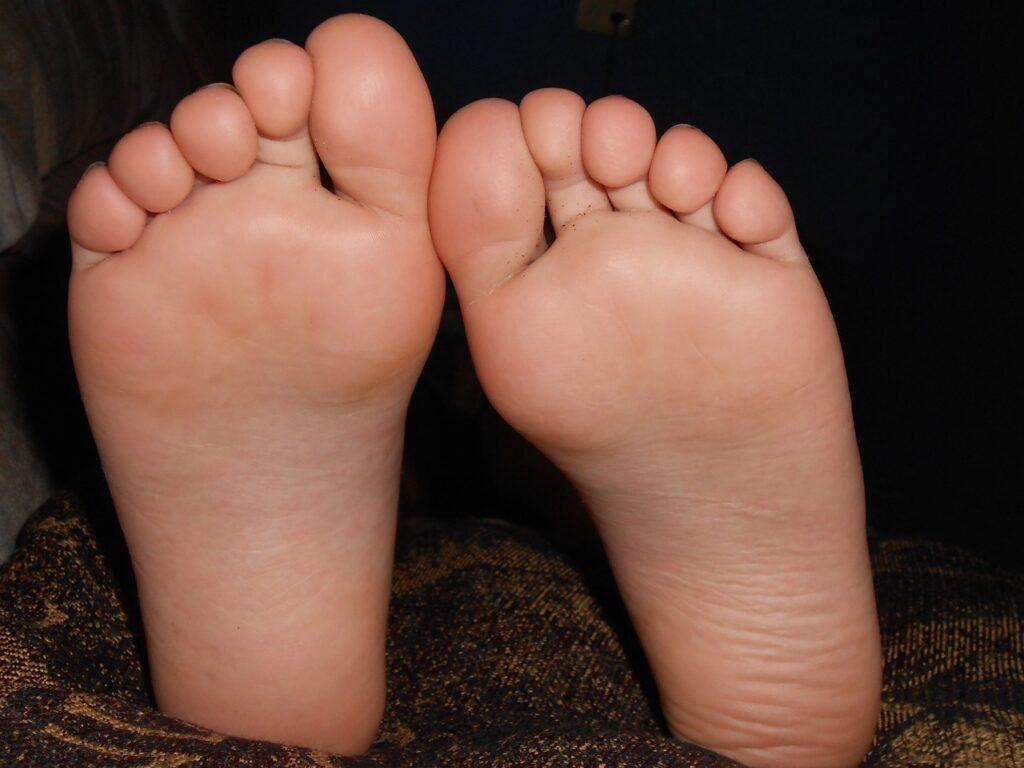Introduction
Diabetic foot complications, including ulcers and infections, are serious concerns for individuals with diabetes. Without proper DF management, these conditions can lead to severe infections, amputations, and even life-threatening complications. This guide covers prevention, diagnosis, and treatment to help patients and healthcare providers manage DF problems effectively.

Complications
1. Key Clinical Features of Diabetic Foot
Patients with DFU issues often present with:
- Warm, dry skin (due to autonomic neuropathy)
- Palpable foot pulses (unless peripheral artery disease coexists)
- Neuropathic ulcers (Malum perforans) – painless wounds on pressure points (metatarsal heads, heel)
- Charcot foot – joint deformities, midfoot collapse, and fractures
2. Major Risk Factors for Diabetic Foot
- Peripheral neuropathy (loss of sensation)
- Autonomic neuropathy (reduced sweating, dry skin)
- Poor circulation (microvascular and macrovascular disease)
- Uncontrolled blood sugar (delays wound healing)
Diagnostic Approach for Diabetic Foot
3. Neurological Examination for Diabetic Foot
- Monofilament test (assesses sensory loss)
- Vibration perception testing (tuning fork test)
4. Foot Ulcer Risk Assessment
- Wagner Classification System (grades ulcer severity)
- Doppler ultrasound (checks blood flow if PAD suspected)
5. Imaging for Complications
- X-ray (rules out osteomyelitis, fractures)
- MRI (best for detecting bone infections)
Medical Treatment Strategies
6. Immediate Stabilization (ABCDE Approach)
- Ensure airway, breathing, circulation
- IV access for fluids and medications
7. Blood Sugar Control
- Insulin therapy (tight glycemic control speeds healing)
- Dietary adjustments (low-glycemic, high-protein diet)
8. IV Antibiotics for Infection
- First-line: Moxifloxacin 400mg IV OD + Linezolid 600mg IV BD
- Severe infections may require broader-spectrum antibiotics
9. Pain Management
- Mild pain: Ketorolac 30mg IV
- Severe pain: Nalbuphine 10mg IV + Dimenhydrinate (for nausea)
10. Nutritional Support
- High-protein diet (promotes wound healing)
- Vitamin supplements (Zinc, Vitamin C)
Wound Care & Surgical Interventions
11. Surgical Debridement for Diabetic Foot
- Removal of dead tissue to prevent infection spread
- Bone resection if underlying deformity causes pressure
12. Advanced Wound Care for Diabetic Foot
- Regular cleaning & dressings (hydrogels, antimicrobials)
- Skin grafts/flaps for deep ulcers
13. Offloading Techniques
- Total contact casts (reduces pressure on ulcers)
- Therapeutic footwear (prevents recurrence)
14. Revascularization (For PAD Patients)
- Angioplasty/stent placement (improves blood flow)
15. Amputation (Last Resort)
- Toe/foot/leg amputation if infection is life-threatening
Prevention Strategies for Diabetic Foot
16. Daily Foot Care Routine
- Inspect feet daily (check for cuts, blisters)
- Moisturize skin (prevents cracks)
- Wear MCR shoes (protects from injuries)
17. Regular Medical Checkups for Diabetic Foot
- Podiatrist visits every 3-6 months
- HbA1c monitoring (keep <7%)
Conclusion
Effective diabetic foot management requires a multidisciplinary approach, including blood sugar control, wound care, infection treatment, and preventive measures. Early intervention can prevent ulcers, infections, and amputations, significantly improving quality of life.
For more information, visit:
By following these guidelines, patients and healthcare providers can reduce complications and improve outcomes in DFU care.
